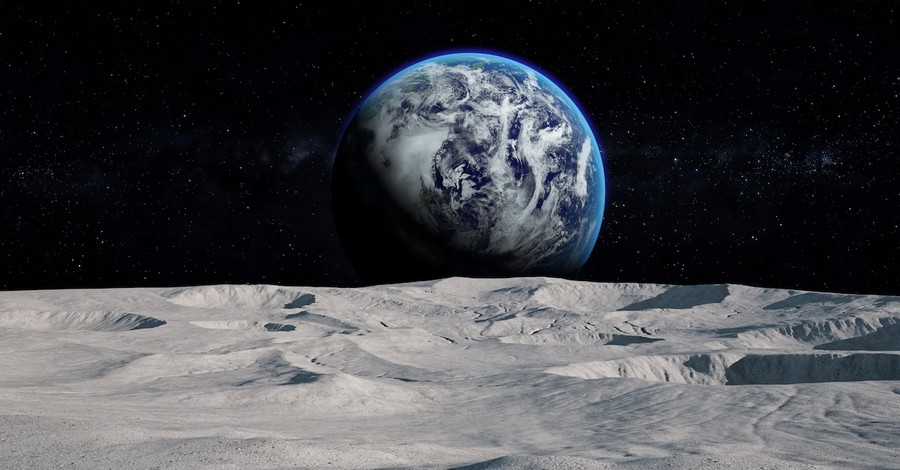
On Thursday, for the first time in more than half a century, the United States made contact again with the lunar surface.
During a joint webcast with Texas-based company Intuitive Machines and NASA commentators, it was confirmed that the uncrewed six-legged robot lander, dubbed Odysseus, touched down at about 6:23 p.m. EST (2323 GMT).
As reported by Reuters, several NASA research instruments reportedly landed the spacecraft at a crater named Malapert A near the moon's south pole. NASA praised the landing as part of its goal of sending a squad of commercially flown spacecraft on scientific scouting missions to the moon prior to a planned return of astronauts there later this decade. Prior to landing, a problem arose with Odysseus’ autonomous navigation system, requiring engineers on the ground to issue an untested workaround at the 11th hour. Additionally, there was an expected radio blackout to re-establish communications with the spacecraft and determine its outcome roughly 239,000 miles (384,000 km) from Earth.
Following renewed contact with the lander, its faint signal confirmed that Odysseus had touched down but left mission control unsure regarding the vehicle’s condition and orientation.
"Our equipment is on the surface of the moon, and we are transmitting, so congratulations IM team," Intuitive Machines mission director Tim Crain told the operations center. "We'll see what more we can get from that."
Later in the evening, the company wrote on X (formerly Twitter), stating flight controllers "have confirmed Odysseus is upright and starting to send data."
Thomas Zurbuchen, a former NASA science chief who oversaw the creation of the agency's commercial moon lander program, said that the weak signal implied the spacecraft could have possibly landed next to a crater or something else that obstructed its antenna.
"Sometimes it could just be one rock, one big boulder, that's in the way," he told Reuters in a phone interview.
Zurbuchen added that overall, the landing is "a major intermediate goal, but the goal of the mission is to do science, and get the pictures back and so forth."
NASA administrators also praised Thursday’s landing as a "triumph," stating, "Odysseus has taken the moon."
NASA plans to continue its lunar missions, known as the Artemis program, with a crew in 2026. These missions look toward a future goal of human flights to Mars.
RELATED PODCAST:
Photo credit: ©GettyImages/xia yuan
Milton Quintanilla is a freelance writer and content creator. He is a contributing writer for CrosswalkHeadlines and the host of the For Your Soul Podcast, a podcast devoted to sound doctrine and biblical truth. He holds a Masters of Divinity from Alliance Theological Seminary.










